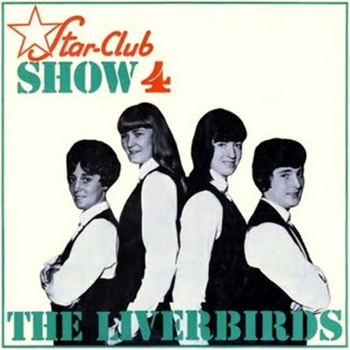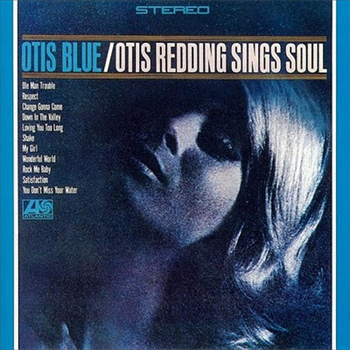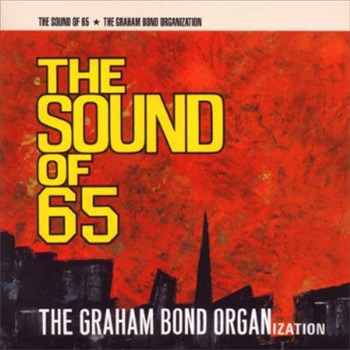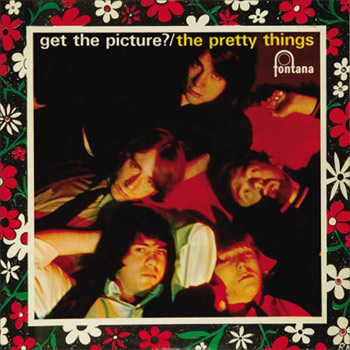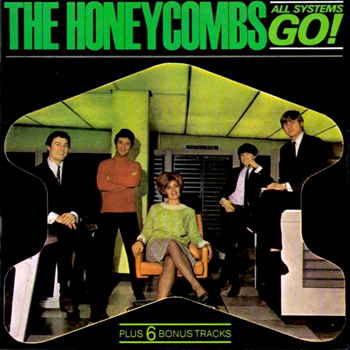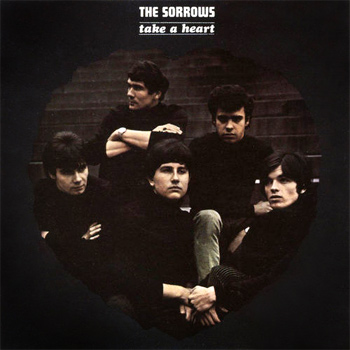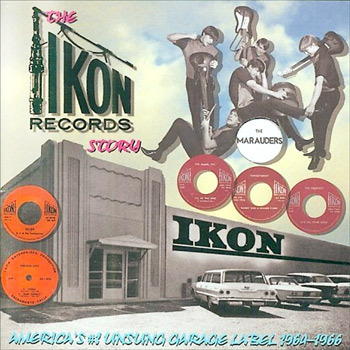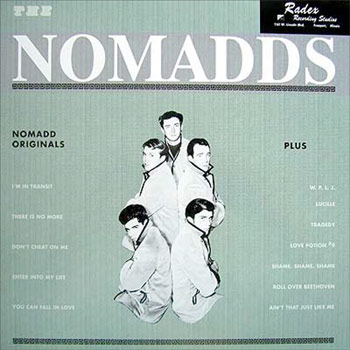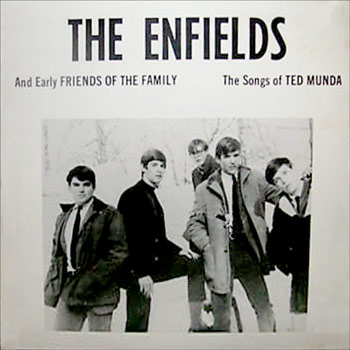Sandy Bull “Inventions”
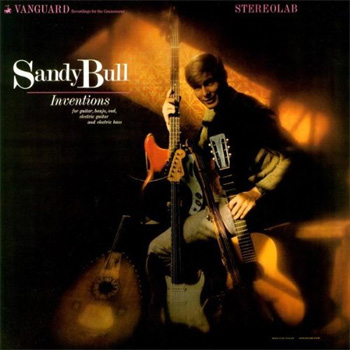
In a world full of musical copycats, where imitation is often regarded as the highest form of flattery, a musical artist as singular as Sandy Bull truly stands on his own. Born in New York City in 1941, Bull picked up the guitar at the age of 15 and first began performing at clubs and coffeehouses on the folk music circuit in Cambridge, Massachussets in the early 60s. Though he was only in his early 20s at the time, Bull had already adopted a distinctive yet subtle approach when it came to combining elements of different styles, ranging from jazz to raga to country and western to Arabic–Bull loved it all and mixed and matched styles and instruments in unique and challenging ways that often defy the listeners’ expectations. Although often, and understandably so, lumped in with visionary guitar poet-composers such as Takoma’s John Fahey and Leo Kottke, Bull was truly in a league of his own and his music has an exotic, smokey, almost acid-tinged vibe that doesn’t exactly sound like anything else out there. While not quite exactly psych-folk, Bull’s early output is quite possibly some of the weirdest folk music released in the guitar and banjo boom of the time. Bull was exploring radically altered tunings and transposing ragas to guitar when most guitarists his age were still trying to figure out the chords to Woody Guthrie tunes.
In 1965 Vanguard Records released Bull’s second solo record, Inventions. Inventions can easily be seen as the second half of an excellent pair of records that began with his first lp, Fantasias for Guitar and Banjo, which was released in 1963. Inventions is the perfect name for an album where Bull doesn’t so much cover other writers’ tunes, but completely re-imagines them–constructing a whole new world for the the songs to exist inside of and to be experienced within. Bull, a multi-instrumentalist, musician, composer, and all-around musical artiste, covers tunes from sources as disparate as Chuck Berry (“Memphis, Tennessee”) and Bach (“Gavotta No. 2”). Along the way, he manages to lay down some killer riffs on the acoustic guitar, the banjo, the electric guitar and bass, and the Turkish oud–an instrument whose open, airy, exotic, and seductive tone he specializes in wielding with truly mesmerizing results. On several tracks he is accompanied by Billy Higgins–a highly lyrical and expressive drummer with an impressive track record that, at the time, had already included gigs with Ornette Coleman, Sonny Rollins, and Thelonious Monk. As I’m sure you’ve already guessed, the results are stunning to say the least, and make for some of the most evocative, emotional, and expressive music ever to be laid to tape.
Bull kicks it all off with “Blend 2,” a sequel of sorts to “Blend,” which appeared on Fantasias for Guitar and Banjo. On “Blend 2” Bull and Higgins take the listener along for the ride as they travel to lands both east and west, north and south–combining riffs from different songs from all over the world in a sort of fluid free-form emotionally evocative expressionist piece. Elements of jazz and raga surface frequently, although “Blend 2” is neither, as such it is a wonderful example of the kind of piece that only Bull seems to be able to construct and deliver in such an astonishing fashion. One moment the listener notices traces of an Ornette Coleman tune, the next moment Ali Akbar Khan, the next a Mike Seeger melody. “Blend 2” certainly can be a challenging song to listen to as the tension slowly builds and releases and Bull and Higgins pick up their bag and move from one side of the world to the other. In many ways “Blend 2” is a sort of test for the listener–if you can make it through, you’ll certainly love the rest of the record. Bull is, almost above all, an artist intent on challenge.
A discussion about Inventions simply wouldn’t be complete without mention of Bull’s version of the classic Luiz Bonfa tune “Manha de Carnival.” With the help of the most advanced multitrack recording technology available at the time Bull was able to accompany himself on several different instruments. Warm and gooey electric bass holds down the low end, and an acoustic guitar plays the chord changes while Bull delivers an astonishing performance, playing the melody on the oud. Seductive, humid, and airy, this incredibly evocative piece is one of Bull’s most effective. As if the idea to play this genre defining Brazilian Bossa Nova piece on the Middle Eastern oud wasn’t brilliant enough, Bull’s performance magically guides the listener to lands yet undiscovered.
Bull’s version of the Chuck Berry classic “Memphis, Tennessee” takes the listener straight to the swamps of the southern bayou. Here the listener is treated to another wonderfully expressive performance where Bull, along with help of Higgins, seems to extract the most interesting ingredients of the song and reinsert them in a distilled form. Never content to stay in one place for too long, Bull and Higgins travel east for portions of the song, using raga inspired elements to give the bluesy tune an exotic feel. It was another genius move on Bull’s part to blend these two approaches together, as the true origins of the pentatonic scale–which Blues and Rock n’ Roll are both largely based on–originally made its way to West Africa from India.
Sadly, even as Fahey and company were gaining attention for their American Primitive compositions, Bull languished in obscurity for his entire career. He managed to release only two more albums, 1969’s E Pluribus Unum and 1972’s Demolition Derby, before disappearing for many years into the horrors of addiction–barely returning to perform the occasional show. In the 1990’s he resurfaced in Nashville, where he lived until his passing in 2001, releasing a small handful of albums on the Timeless Recording Society label. Those interested to learn more about Bull would do well to check out the excellent documentary, “No Deposit, No Return Blues.” There’s no doubt that Bull was quite a complicated artist; “Inventions” stands not only as Bull’s finest hour, but as an excellent introduction to the man and his music.
“Memphis, Tennessee”
![]() Original | 1965 | Vanguard | search ]
Original | 1965 | Vanguard | search ]
![]() Reissue | 2009 | Sutro Park | buy ]
Reissue | 2009 | Sutro Park | buy ]
